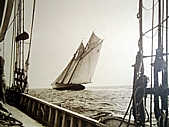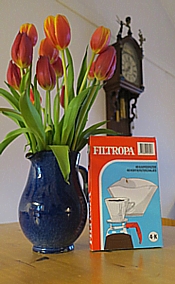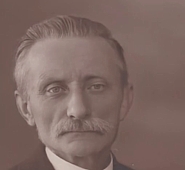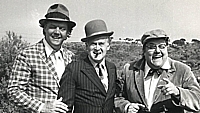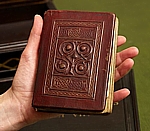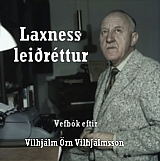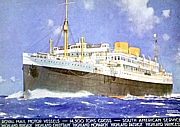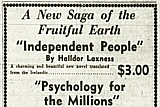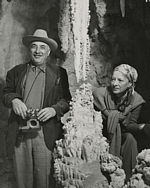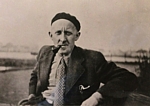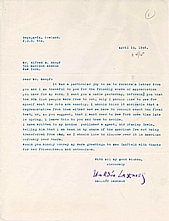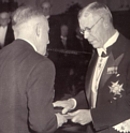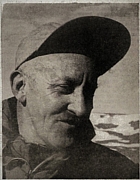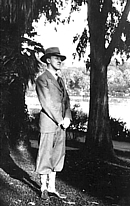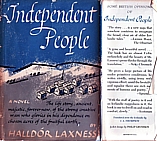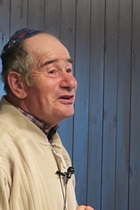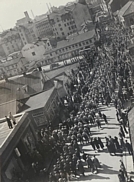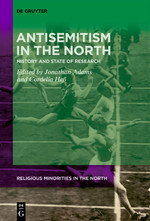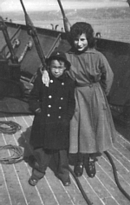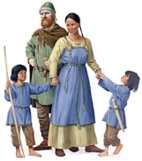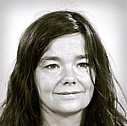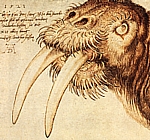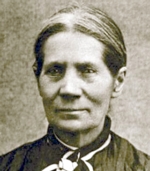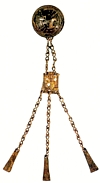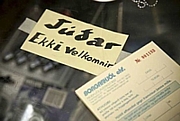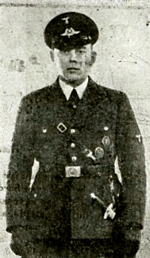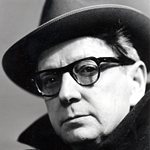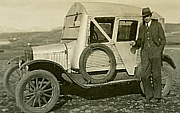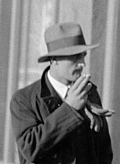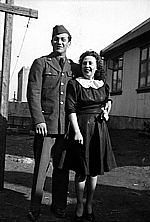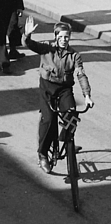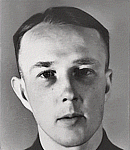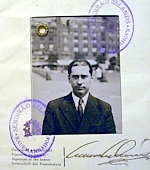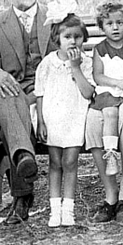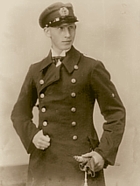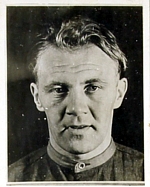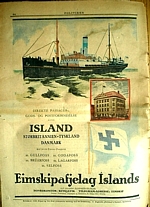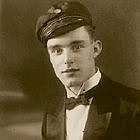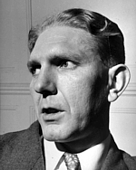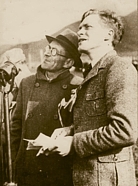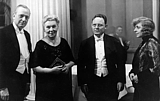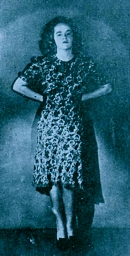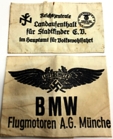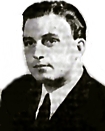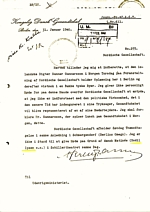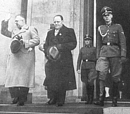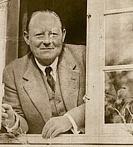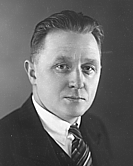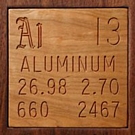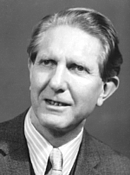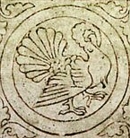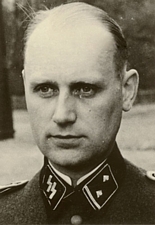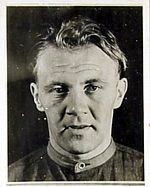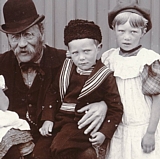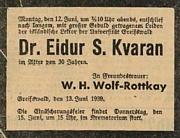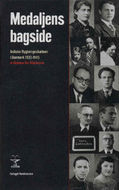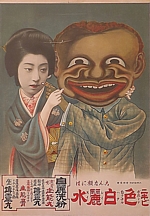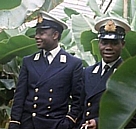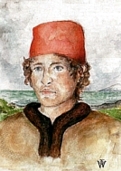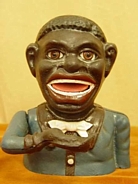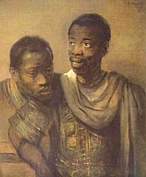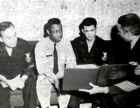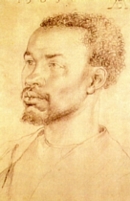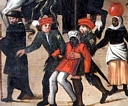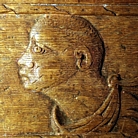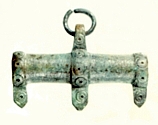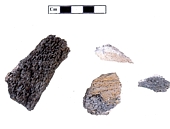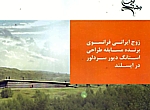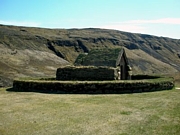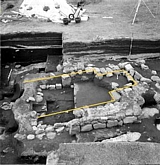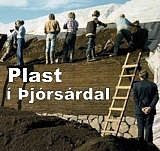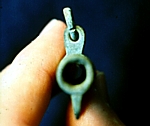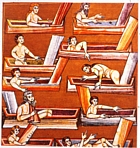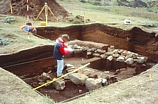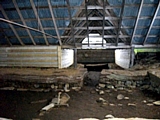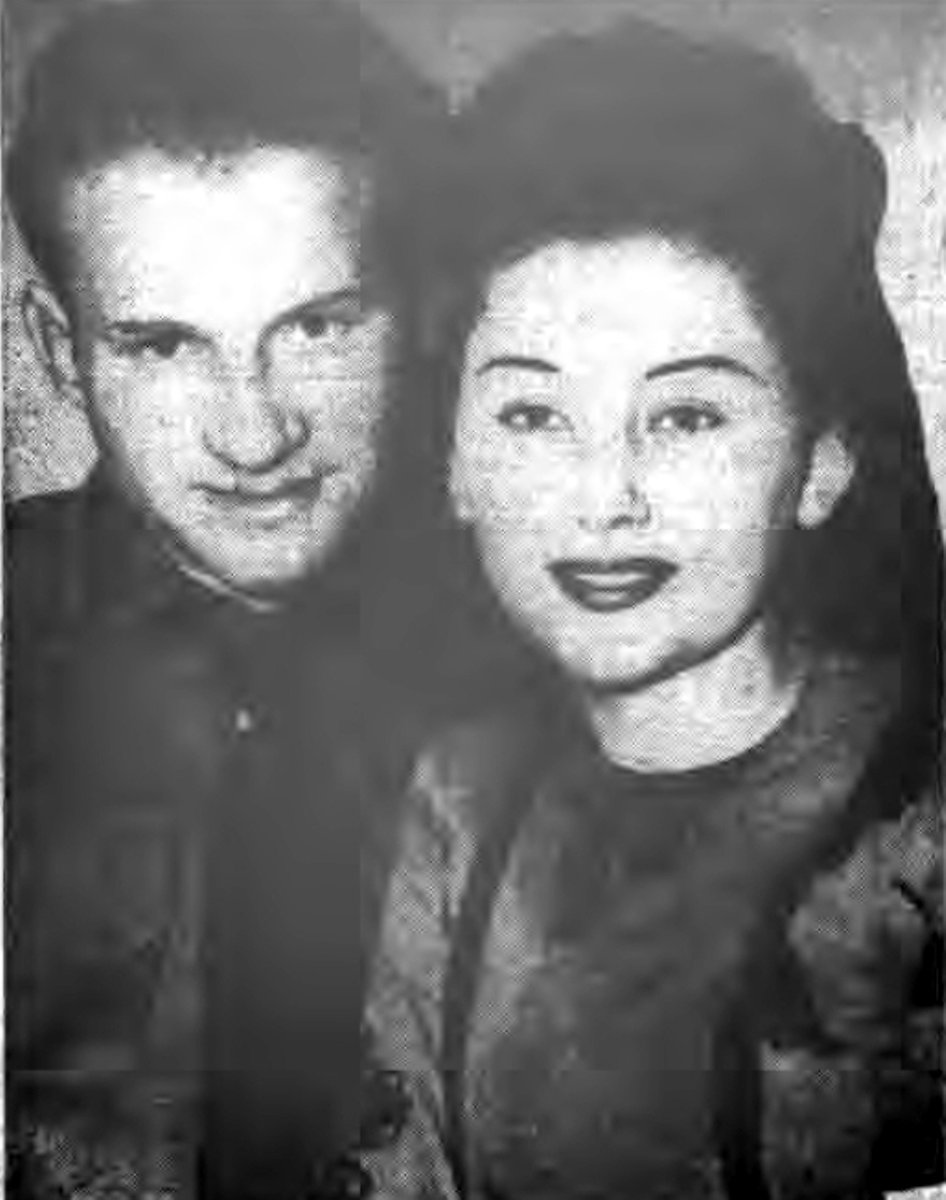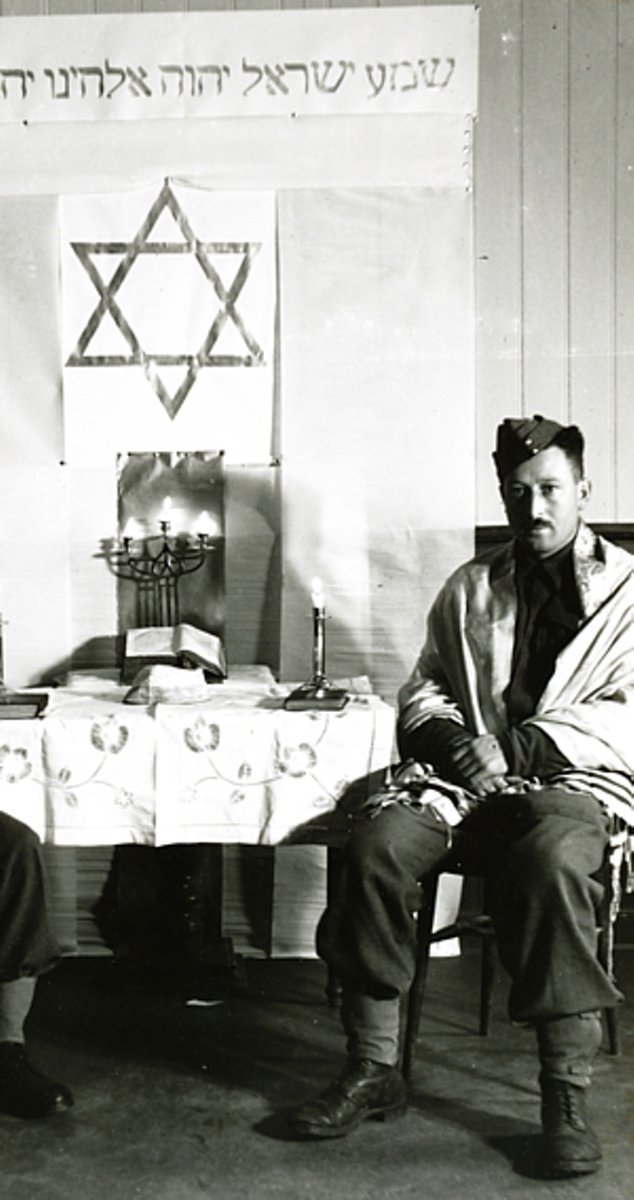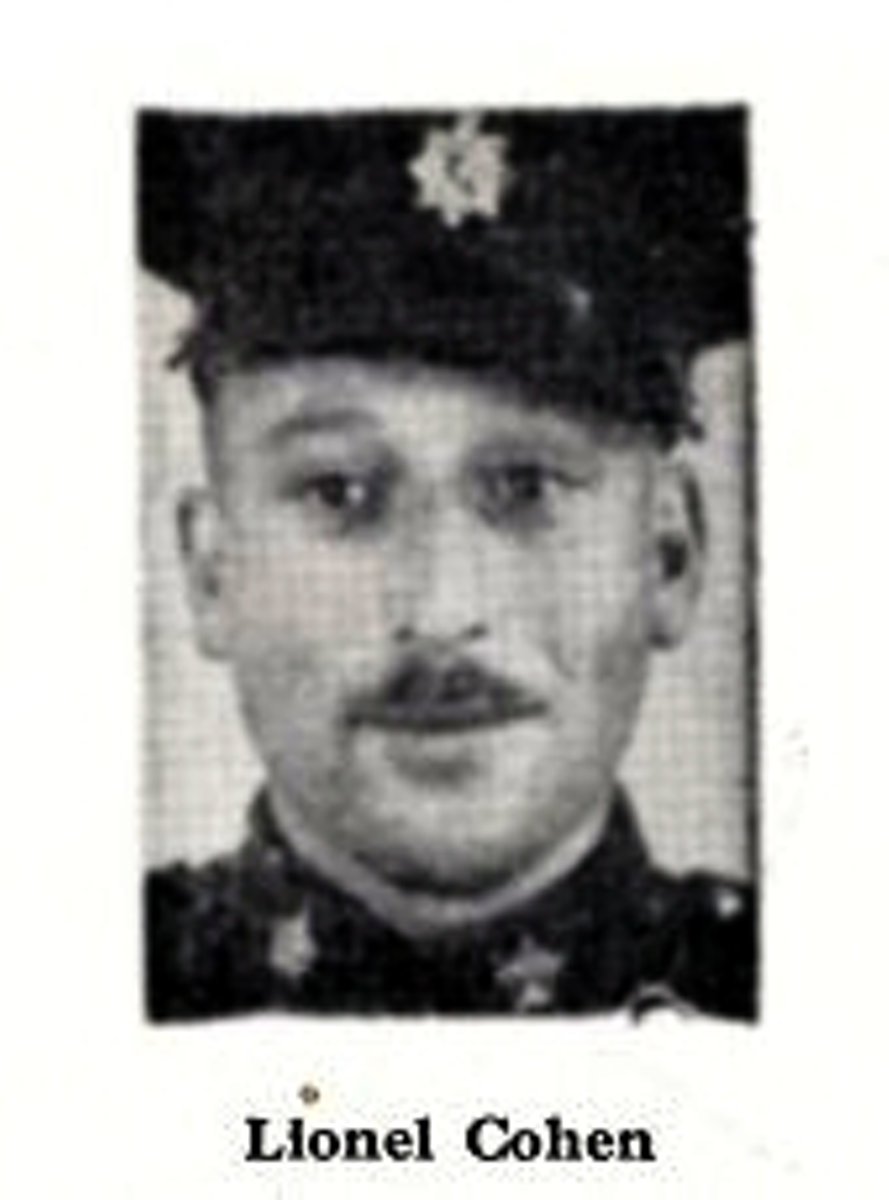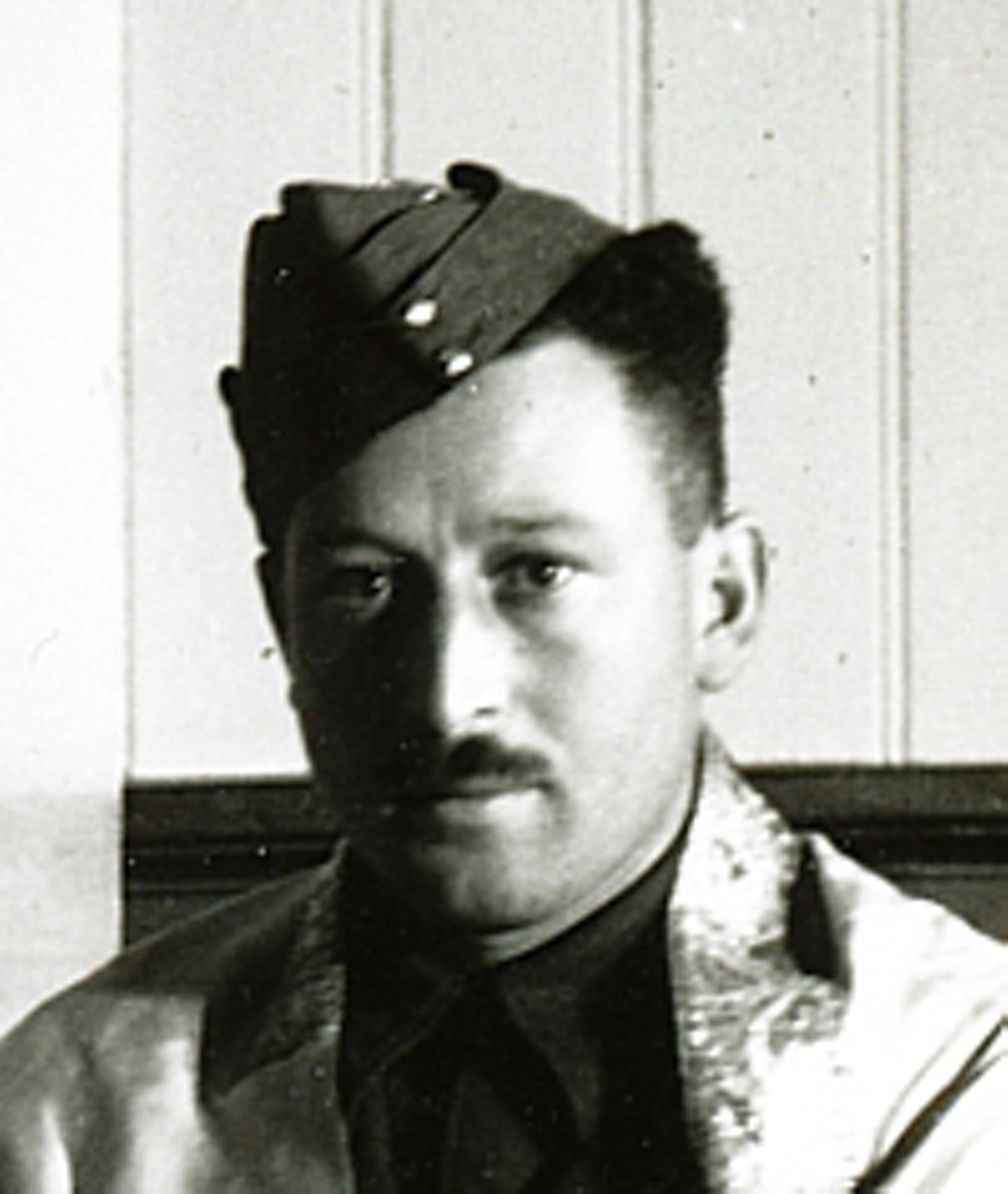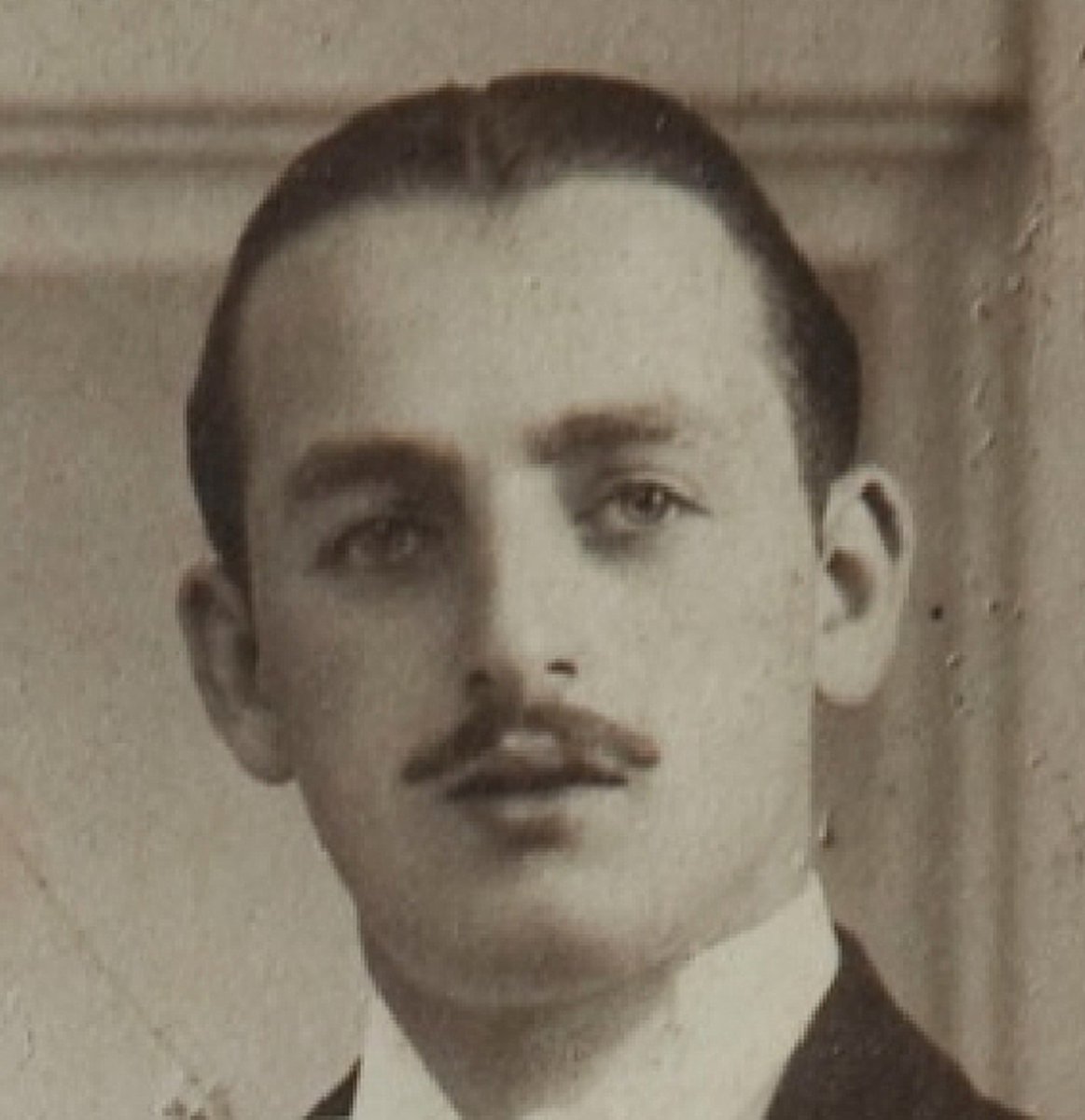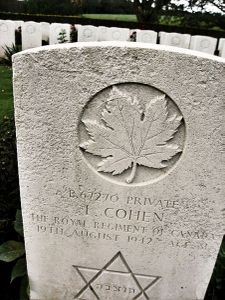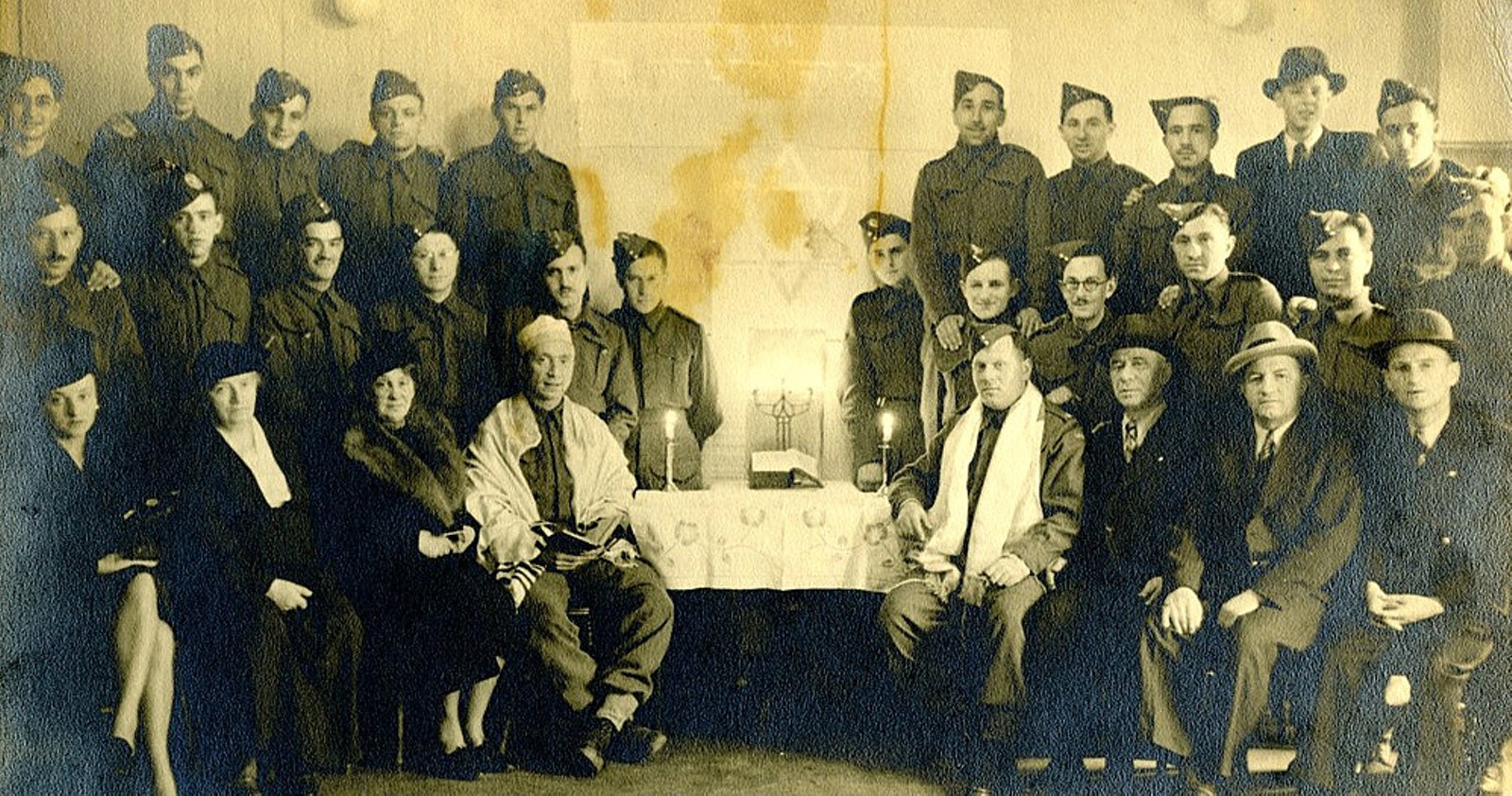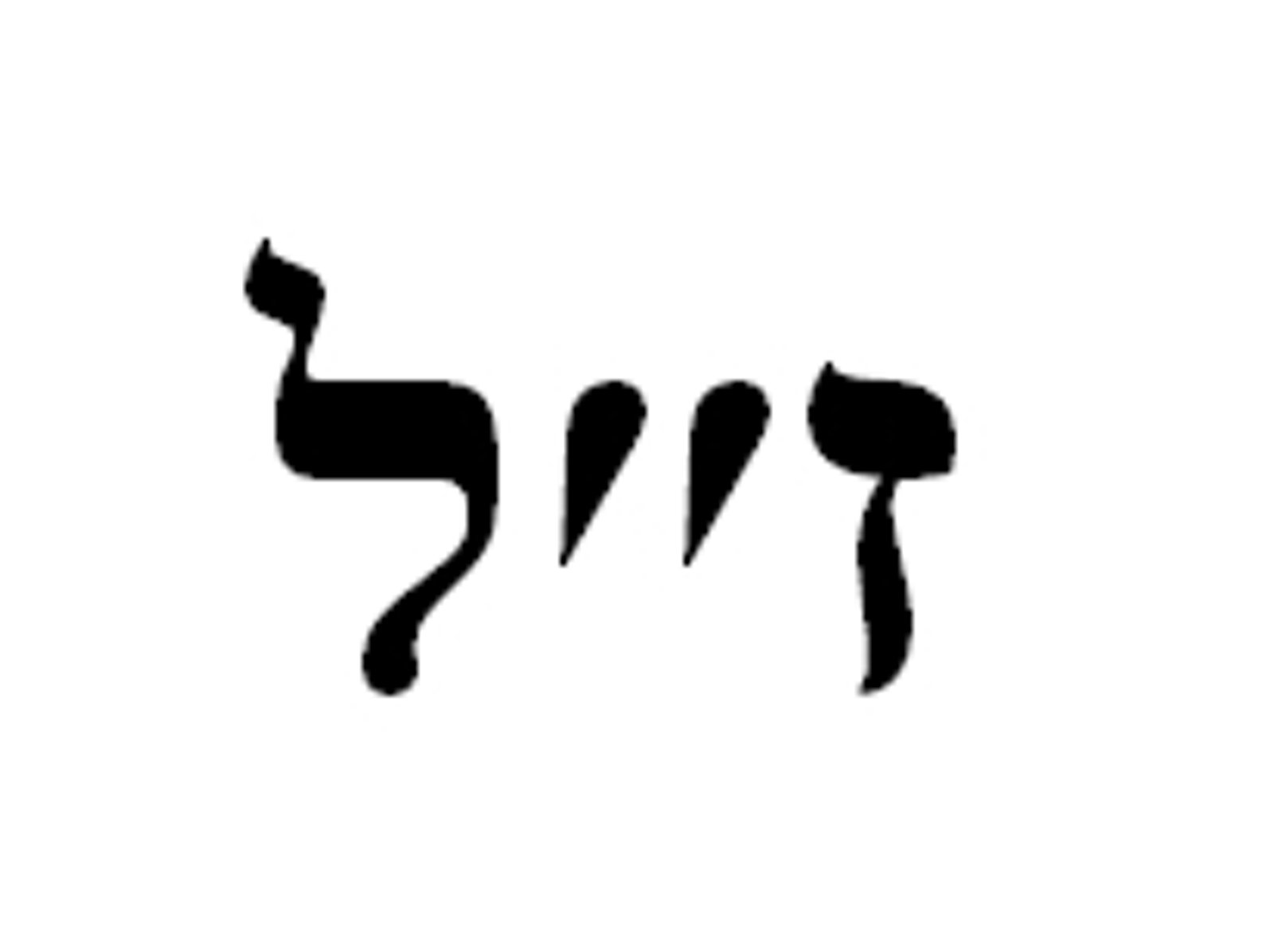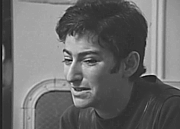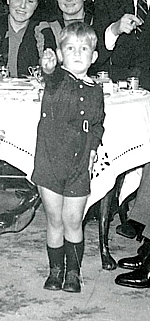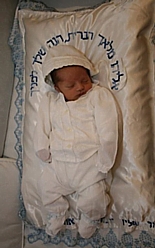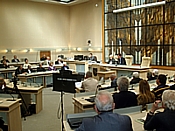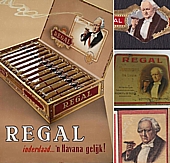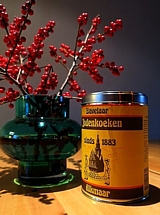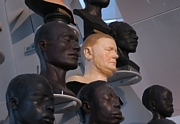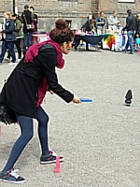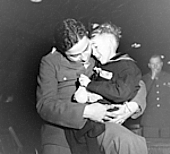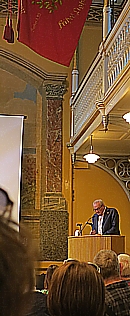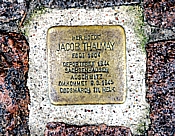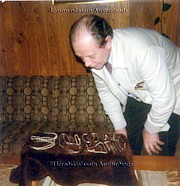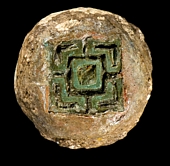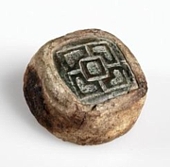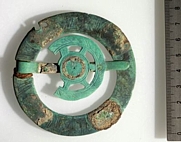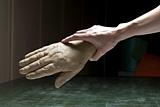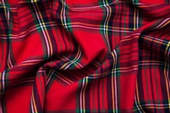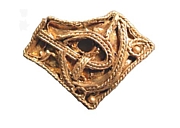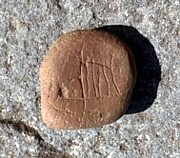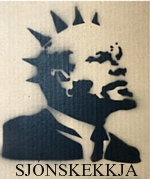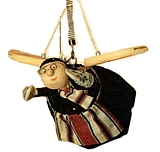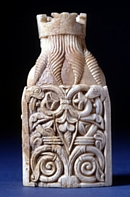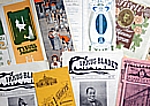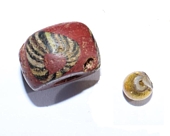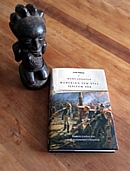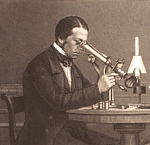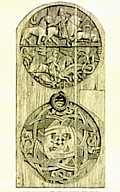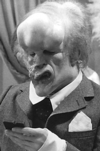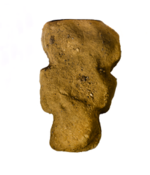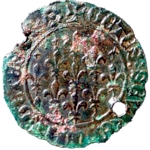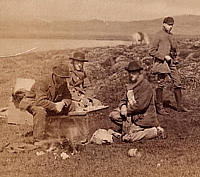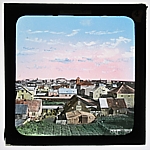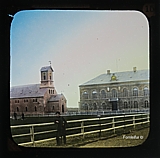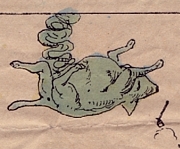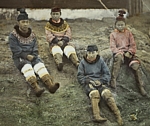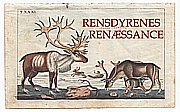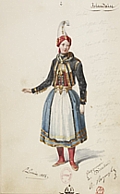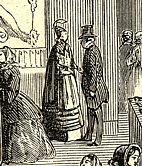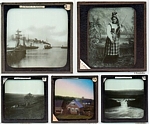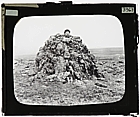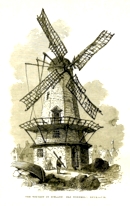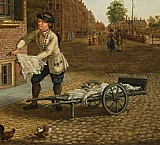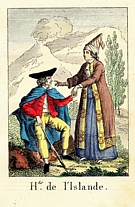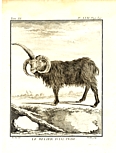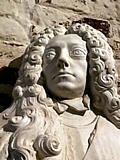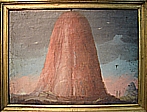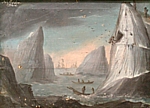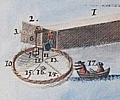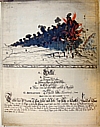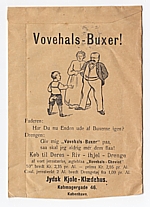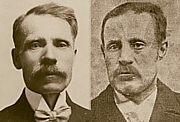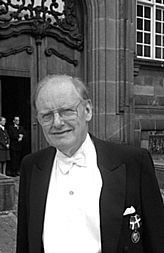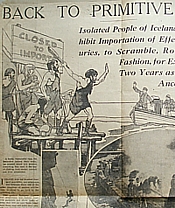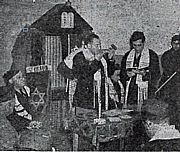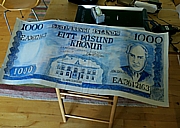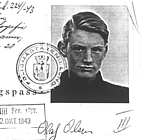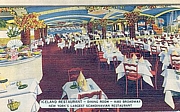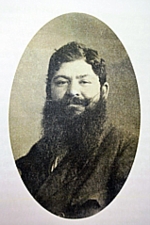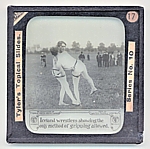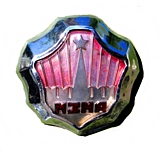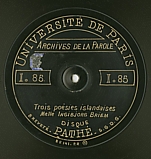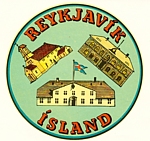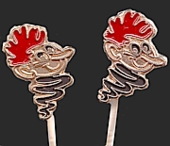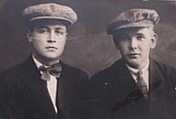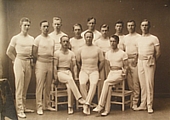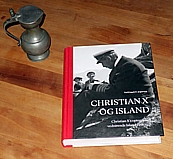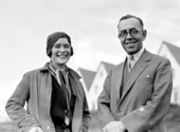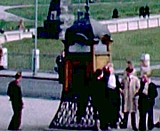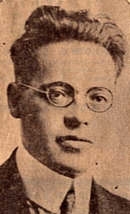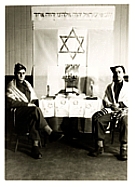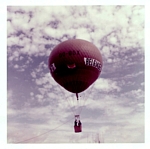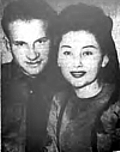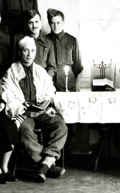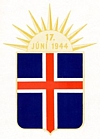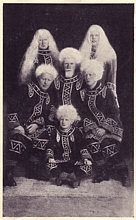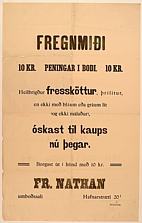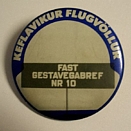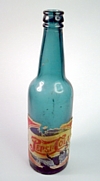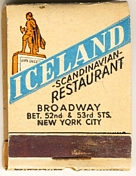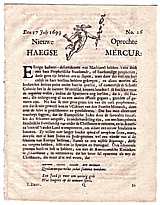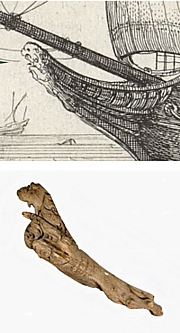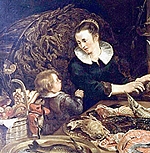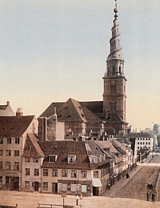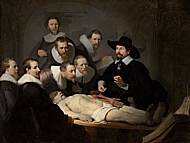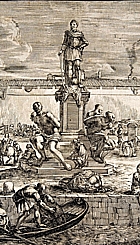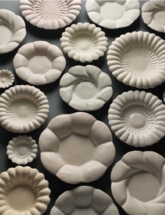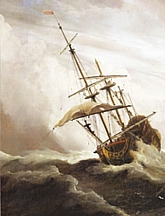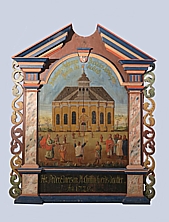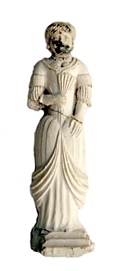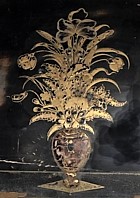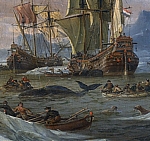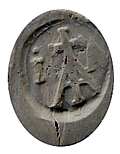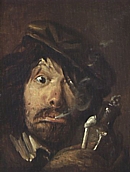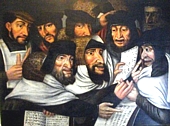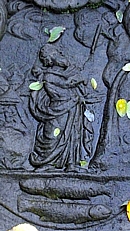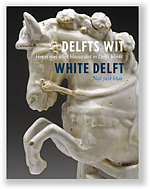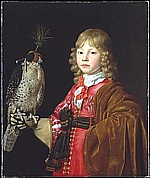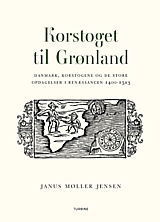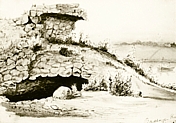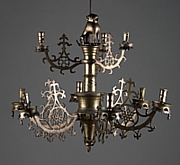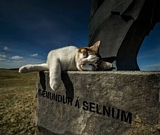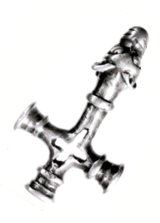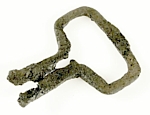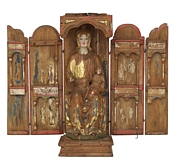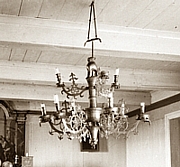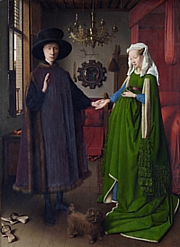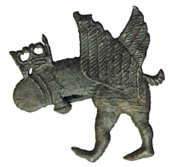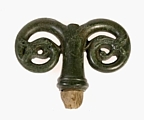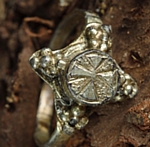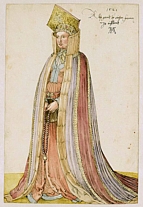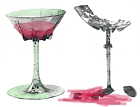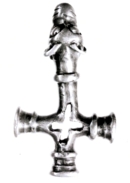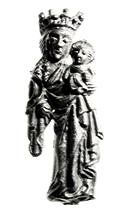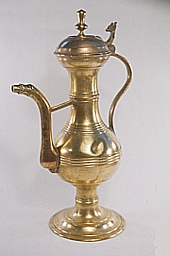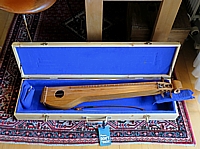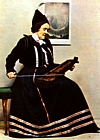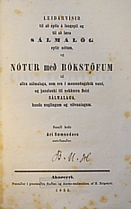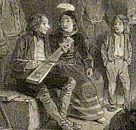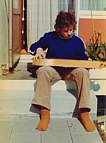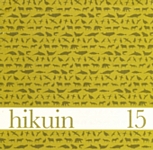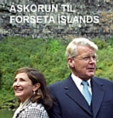Fćrsluflokkur: Jews in Iceland
The Queen of Iceland
13.6.2015 | 18:08
In the summer of 1941 a young Bronxonian Jew by the name of Milton Beck was sent all the way up to Iceland to serve his country with the US Air Corps. Such a stay, so close to the North Pole, was difficult for any young man and especially those who were as intensely in love as Milton Beck.
Nope, don´t get me wrong. Milton didn´t give the renowned Icelandic "stúlka" (the Icelandic girl) the interested eye like some of his comrades did while stationed in Iceland. During his long Icelandic summer days and cold and dark polar nights Milton was thinking only about his honey back home in the Bronx. Her name was Ida, Ida Horowitz that is.
Ida Horowitz was a young and a very beautiful girl who Milton had dated in New York before Uncle Sam mercilessly separated them and sent him to stormy and isolated Iceland. In New York he had worked as a truck driver and in Iceland he has probably continued in the same line of work, building military barracks, hangers and machine gun posts. While he was far away from home, she packed ties in a New York tie factory.
As befits a good soldier and an honest young man, Milton had a picture of Ida on his little shelf besides his bed. However, most of his buddies had taped posters of Lana Turner or some inconsequentially clad blondes on the wall besides their bunks in the barracks.
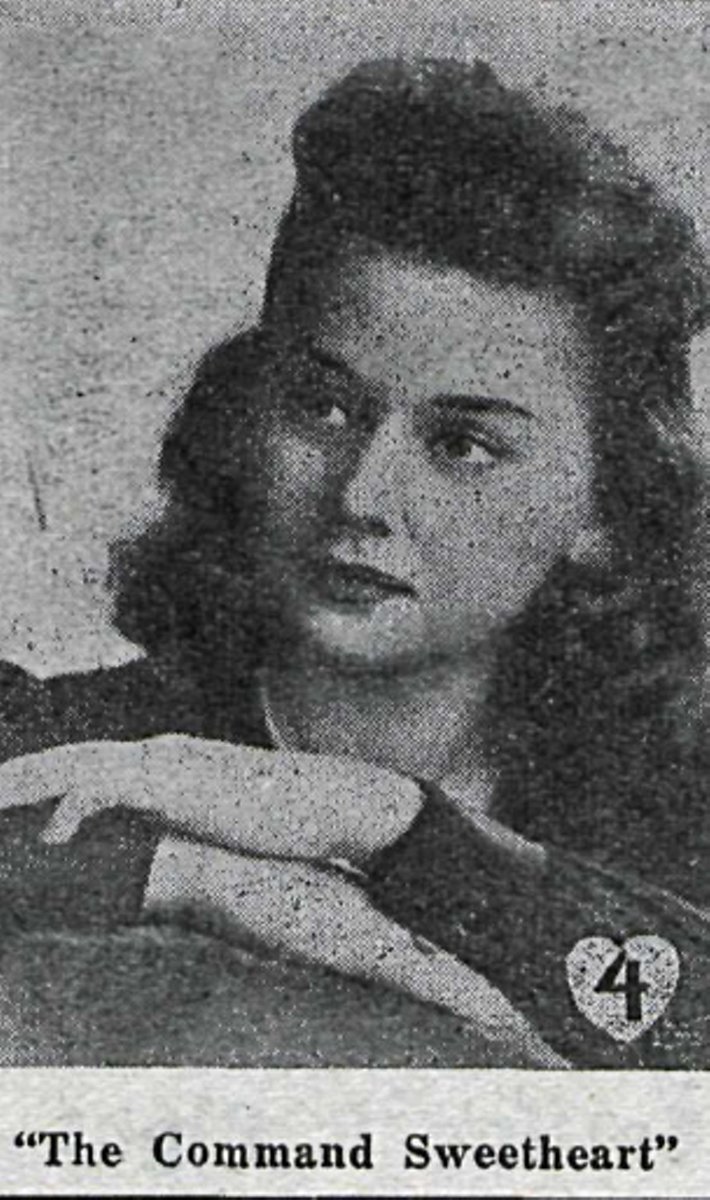 Late in 1942 some smart asses working as editors of The White Falcon, the news-weekly of the US forces in Iceland, came up with the idea to hold a beauty contest. American soldiers stationed in Iceland could send in a picture of their wives or girlfriends to compete for the title The Command Sweat Heart 1941. Milton´s buddies in the barracks sneaked into his holiest of holiest and borrowed a photograph of Ida Horowitz which they submitted to the contest. Sure enough, Ida won the contest. No wonder, she was an extraordinary sexy girl.
Late in 1942 some smart asses working as editors of The White Falcon, the news-weekly of the US forces in Iceland, came up with the idea to hold a beauty contest. American soldiers stationed in Iceland could send in a picture of their wives or girlfriends to compete for the title The Command Sweat Heart 1941. Milton´s buddies in the barracks sneaked into his holiest of holiest and borrowed a photograph of Ida Horowitz which they submitted to the contest. Sure enough, Ida won the contest. No wonder, she was an extraordinary sexy girl.
The White Falcon spread their story to a wider public and several dailies in the US brought reports from the beauty contest in Iceland. The White Falcon had also published Miss Horowitz address. However, as the story was published in dailies all over the US, so was her address. Ida Horowitz´s fame went around and so did her address, to all corners of the United states. The dailies gave her the extra honorary title "the Queen of Iceland".
Ida suffered great inconvenience for this sudden glory. The main problem was endless letters, postcards and even parcels. The mailman schlepped the post by the sacks up to her small apartment, where she lived with her mother Gussie, who was a poor seamstress. Ida received mail from men from all corners of the United States. Strangers wrote to her asking for an autograph or a photo, and even asked if she fancied marrying them. Ida´s beauty was beginning to drain energy from the US forces in Iceland and elsewhere.
Of course, Milton was practically in a state of shock because of this "situation" on the home front and spent the majority of his last year in Iceland thinking that Ida had possibly received an offer from some irresistible Clarke Gable in a shining Cadillac.
Milton married Ida in 1943
But no, Ida was true to Milton and he returned home in April 1943. They instantly got married in his parent´s apartment. Some dailies brought special reports about the wedding with a large photograph of Ida and Milt. "Maybe after I´m married they´ll stop", she said with a spark of hope in her sexy eyes to the New York Evening Post in 1943 (the photo over the caption is from that interview).
Gradually the letters to Ida stopped coming. Milton and Ida began their life together, and no tales from it have been published in the press since than... except that I suspect that they moved to Florida in the early 1980s and that Milton´s jealous heart suffered a stroke around 1985, when Ida danced twice with Chuck Leibowitz. Chuck never served in the army but became famous as a gigolo and a tango-instructor on Manhattan before he left for Florida due to his asthmatic condition. I feel quite certain that Ida pursued her seasons of bingo and tai chi lesson before she joined Milton in the seventh heaven. But of course, I know nothing about that. Everything after 1943 and even Chuck is a figment of my imagination.
Theoretically they could both still be alive. If they google their names and end up on this remote Icelandic archaeological and historical blog called Fornleifur, they are kindly asked to notify about their whereabouts, so their promotion to historical figures and protected Jewish monuments in Iceland can be slightly corrected.
VÖV
Jews in Iceland | Breytt 10.1.2020 kl. 19:20 | Slóđ | Facebook | Athugasemdir (0)
Remembering Lionel Cohen and Meyer Bubis
11.6.2015 | 18:30
WWII is also a part of the history of Iceland. It is a late Saga, which is still being written, and Jews play a part in it. The photograph above shows a Jewish soldier in Reykjavík. It was taken on 12 October 1940. Posing in his uniform wearing a Tallis (a prayer shawl) the soldiers was photographed after the first ever Jewish gathering in Iceland, on the eve of Yom Kippur. He is sitting in front of an interim Aron Hakodesh/ or rather an altar.
In 1994 the group photograph below was published in the Jewish Chronicle in England. I had kindly asked the Chronicle to publish it hoping someone could identify those attending the Yom Kippur gathering in Reykjavík back in 1940. Then, a Reykjavík based photographer, Sigurđur Guđmundsson, was asked to take some photographs. In 1994 his original negatives were donated to the National Museum of Iceland by his relatives. Among the negatives was the group photograph and three sets of photographs of two soldiers sitting besides the Aron Hakodesh "altar" in Reykjavík Good Templars´ Lodge in 1940.
In 1994 I knew, who the civilians posing in the Reykjavík group photo were. They were Jewish refugees from Germany and Austria. However, I had no idea about the identity of the Jewish soldiers. Thanks to the Jewish Chronicle, where the photograph was published on 19 August 1994 , I received information from soldiers who were present as well as from families of some the soldiers, who had passed away. Three of the gentlemen attending the Yom Kippur service in 1940 were still alive and I corresponded a lot with Mr. Harry Schwab in London in the following years. Mr. Schwab had been in Iceland after the war as a sales representative for Marks & Spencer. He was very fond of Iceland.
One of the men who announced his participation in the Yom Kippur fast in Reykjavík was Maurice Kaye of Bournemouth, England. In a letter of 19 August 1994 Mr. Kaye informed the Jewish Chronicle that he was the man in the centre row extreme left with some ones hand on his shoulder. Mr. Kaye wrote that he had been a P.T. instructor (Physical Training Instructor) attached to the command gymnasium in Reykjavík.
For several year I was convinced that that the man on the extreme left centre row as well as on the photograph at the top was Maurice Kaye and I have written so in articles in Icelandic, Danish and English about the first Jewish gathering in Iceland. (See here).
In August 2014 I read on several British media websites about the 80 year wedding anniversary of Maurice Kaye and his wife Helen (see e.g. here). In the media coverage there was a wedding photograph of the couple dating from 1934. Honestly speaking, when seeing that photograph, I didn´t find it likely that the groom of 1934 was the same person he himself pointed out on the 1940 Yom Kippur photography. In fact the man on the photograph at the top isn´t Maurice Kaye.
Recently, and by pure luck, I came across the blog of Professor Ellin Bessner, and discovered the true identity of the man. He was Lionel Cohen of Toronto, Canada.
The two top images show Lionel Cohen and the bottom one is of Maurice Kaye when he married in London in 1934. Maurice was blue-eyed in the reports of the media on his 80th wedding anniversary in 2014. However, the man he believed he was on the photograph of 1940 was black-eyed and can in no way possible be identified as Maurice Kaye.
The man on the two photographs, who took part in the Yom Kippur service in Reykjavík in 1940, was Lionel Cohen, a Canadian from Toronto, born 12 April 1912. He came to Iceland as a private in the Royal Regiment of Canada. In 1942, on 19 August the same year he died in action in France, only 31 years of age. He died in the attack on Dieppe and is buried in the Canadian War Cemetery at Hautot-sur-Mer (See here and here). He was married to Rose (later Richmond; 1913-2005).
Where was Maurice Kaye?
Now I am certain that the man in the photographs is not Maurice Kay, who still lives in Bournemouth at the grand age of 104. The man in the photograph is in fact Lionel Cohen. However at a closer look at the servicemen, who haven´tt yet been identified, I find it likely that Maurice Kaye is standing in the upper right hand row at the far right, standing beside Kurt Zeisel a refugee from Austria, who was the first Jew to be bar mitzvahed in Iceland. Mr. Kaye informed the British press in 2014 that he had been court-martialed after punched a soldier in the face for anti-Semitic remarks. The sentence was stationing in Iceland. - Was Iceland really that bad??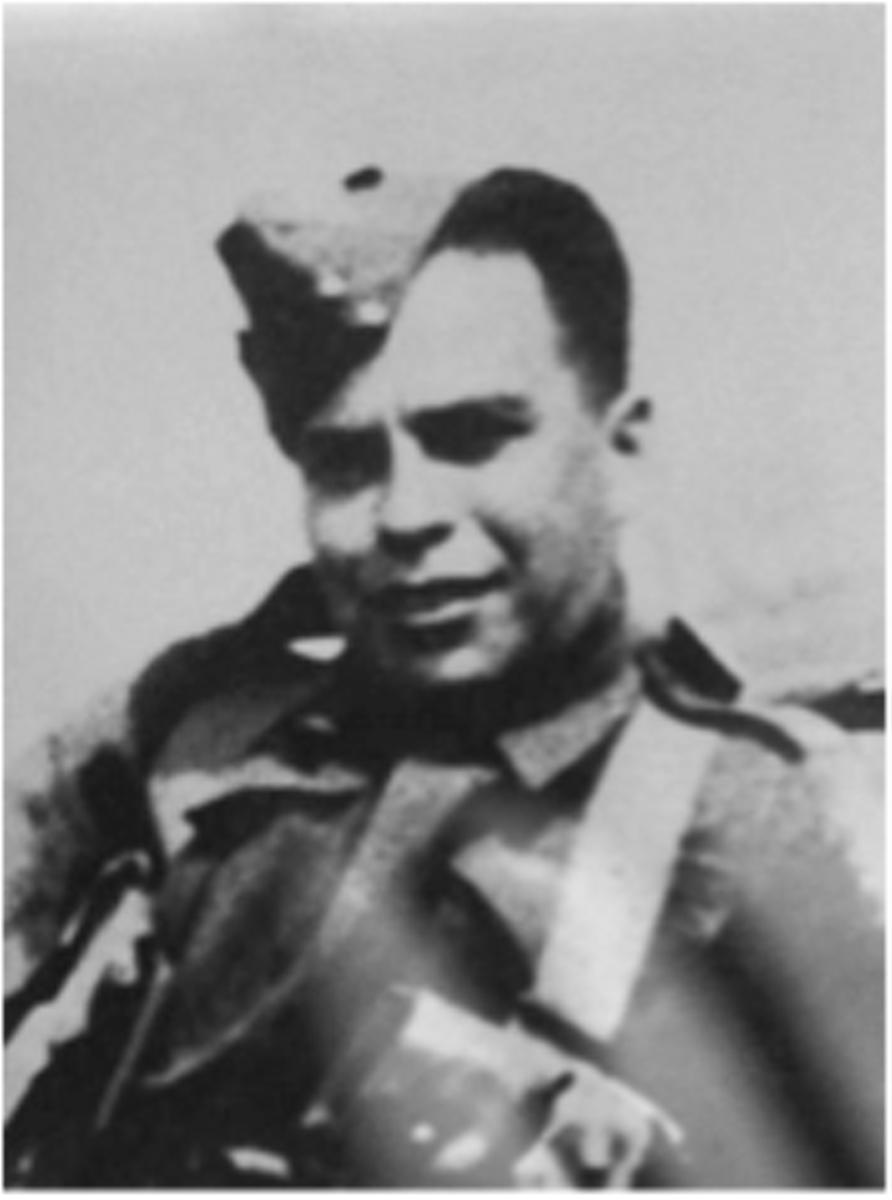
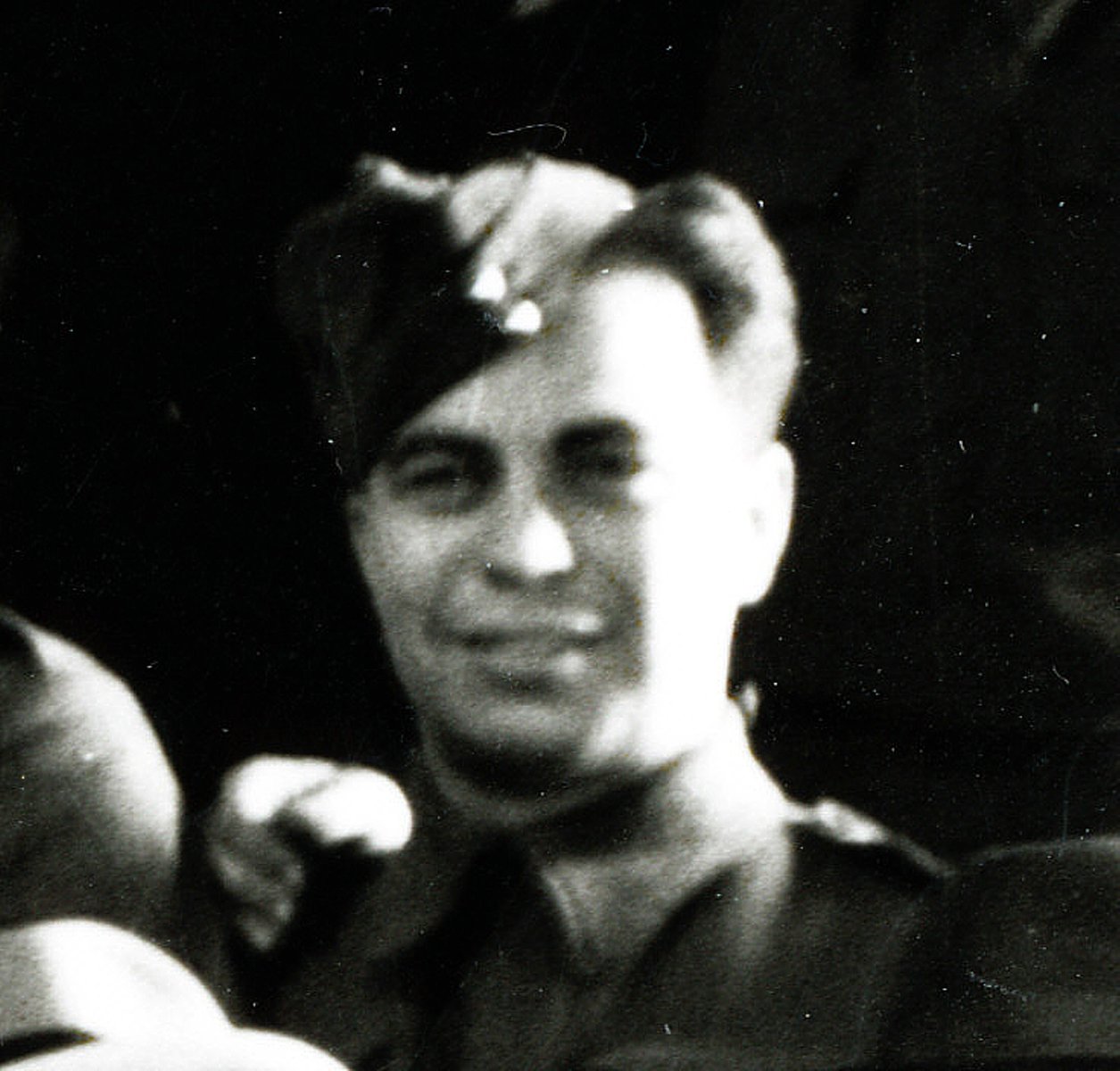
Meyer Bubis
Another Canadian from Toronto, Meyer Bubis (b. 1914) was also present at the Yom Kippur service in Reykjavík in 1940. He was born in Pittsburgh Pennsylvania, United States in 1914. He was also killed in battle in France. He was announced lost in battle on the coast of Dieppe on 19 August 1942 and declared dead by the Canadian Royal Regiment on 1 November 1942. He arrived with the Canadian Royals in Iceland in June 1940. Above you can see him in Reykjavík and his photograph in the "book of remembrance for Canadian soldiers"
Meyer Bubis received a small print of the group photograph from photographer Sigurđur Guđmundsson and he sent it to his father, Salomon Bubis in Toronto. On the back of the photo-card Meyer wrote:.
"Pop, This is the first time in the history of Iceland that such a service has been held, Meyer. P.s. Take care of this for me, please. B66596 Pvt. M. Bubis, Royal Regiments Canada."
A photo-card which Meyer Bubis sent to his father, Salomon in Toronto, from Iceland in 1940. Less than two years later Meyer Bubis lost his life in the raid on Dieppe in Northern France. Ontario Jewish Archives. Photo Sigurđur Guđmundsson 1940.
Lionel Cohen og Meyer Bubis
Vilhjálmur Örn Vilhjálmsson © The author of this article is Dr. Vilhjálmur Örn Vilhjálmsson.
Jews in Iceland | Breytt 11.6.2024 kl. 09:44 | Slóđ | Facebook | Athugasemdir (0)


